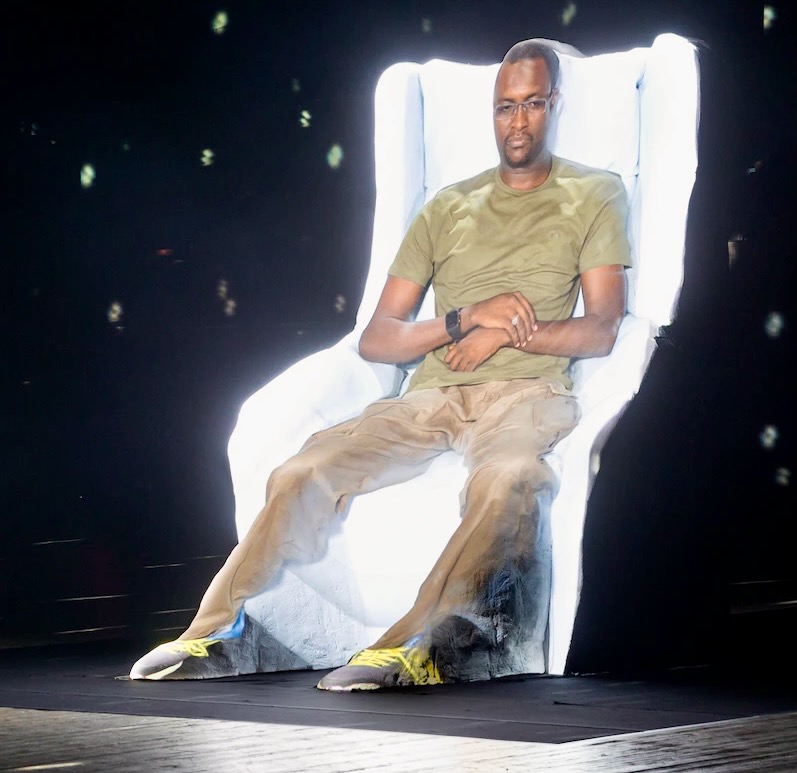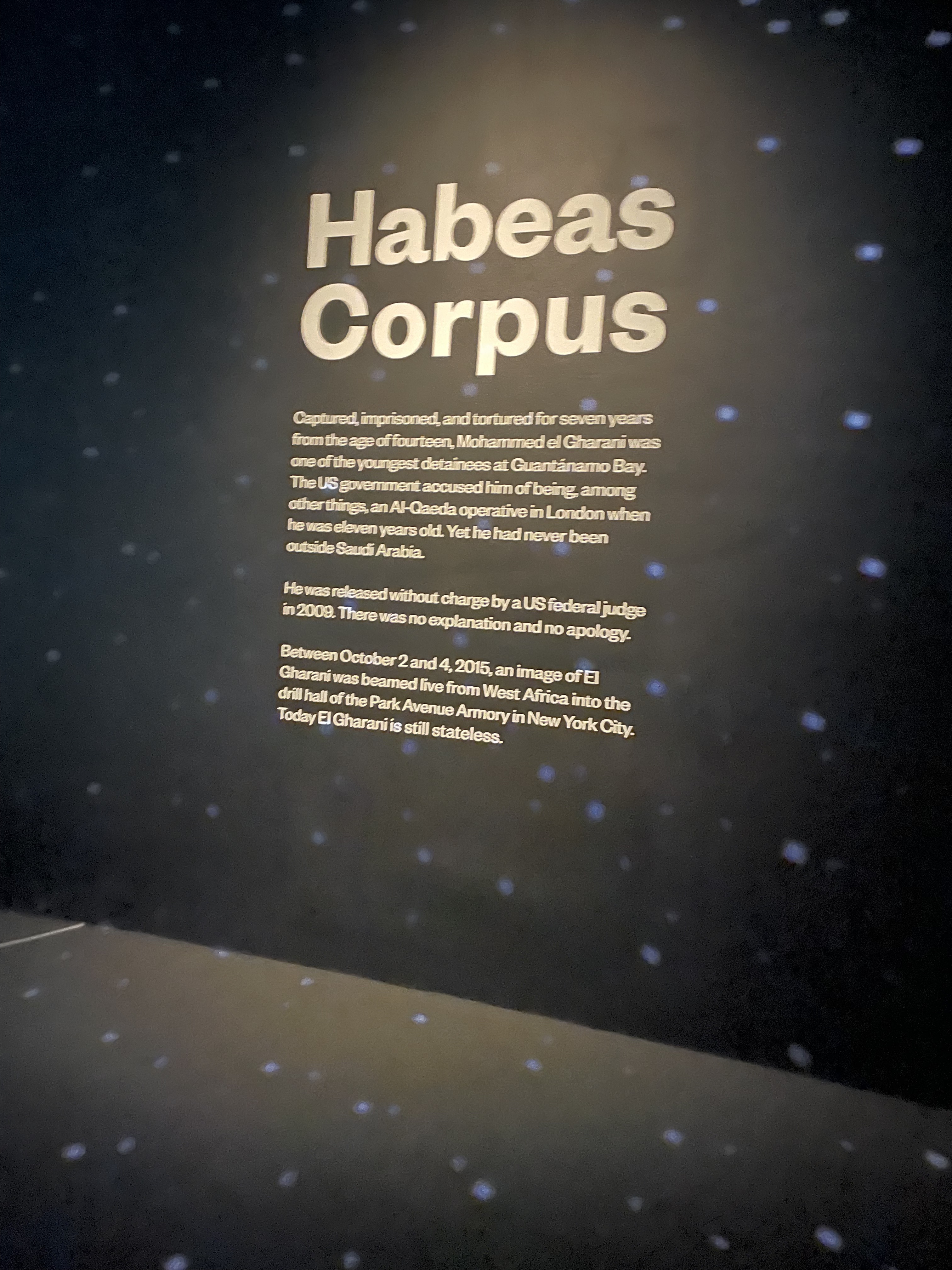Study Tour Debrief
After a whirlwind beginning of my internship, this week was a lot more calm! Work after two study tours mainly consists of paperwork; filling out expense reports, submitting the feedback I transcribed from the judges, and catching up on regular, day-to-day work at ROLI.
We met over Zoom with the entire DC-based Central Asia staff and the Kazakhstan field staff to discuss how the study tour went—it went well! Both groups of judges were reportedly very happy with their experiences. It was interesting to get more of an understanding of how ABA-ROLI events and programs function logistically, especially with a language barrier involved. For example, if we decide to provide reading handouts for everyone involved (as well as the translators), translating the material adds significantly to the time and cost of producing the materials. A lot of effort also goes into ascertaining what exactly the judges do and do not know about our judicial system; as well as what would be useful for them to know. In my previous experiences, I sometimes wrote policy recomendations, but they were entirely theoretical and I did not need to be concerned with actual budgets and other logisitical concerns.
After work, a fellow W&M law intern and I got to visit the Hirshorn Museum, where we saw a chilling exhibit called Habbeas Corpus. Multimedia artist Laurie Anderson and activist/film producer Kweku Mandela worked together on this exhibit with Mohammed el Gharani, who was detained in Gauntanamo Bay at just 14 years-old. When you enter the exhibit, the room is entirely dark, except for spinning disco lights that almost resemble stars and the legal definition of habbeas corpus on the wall. Then el Gharani's image is projected onto a 14-foot sculpture modeled after the Lincoln Memorial. He stares at you for a moment before beginning to tell his story. I can't recommend the exhibit enough; it was deeply moving and thought-provoking.

